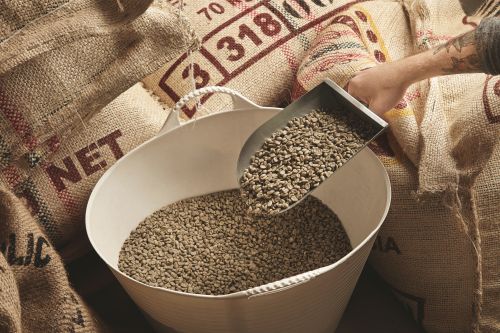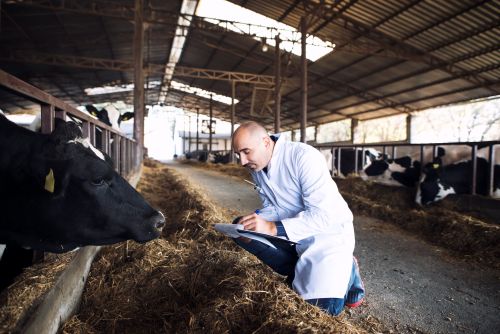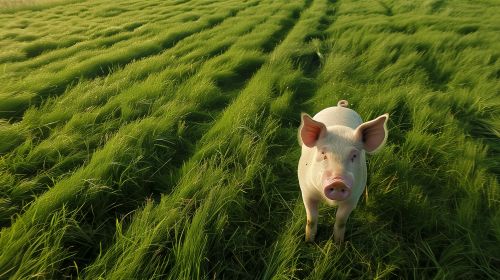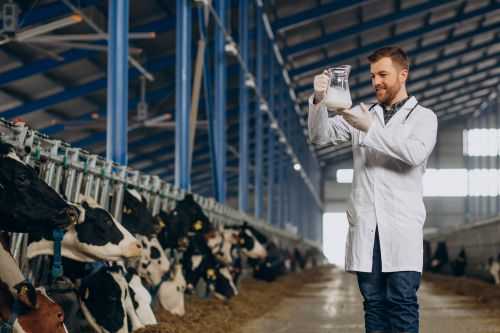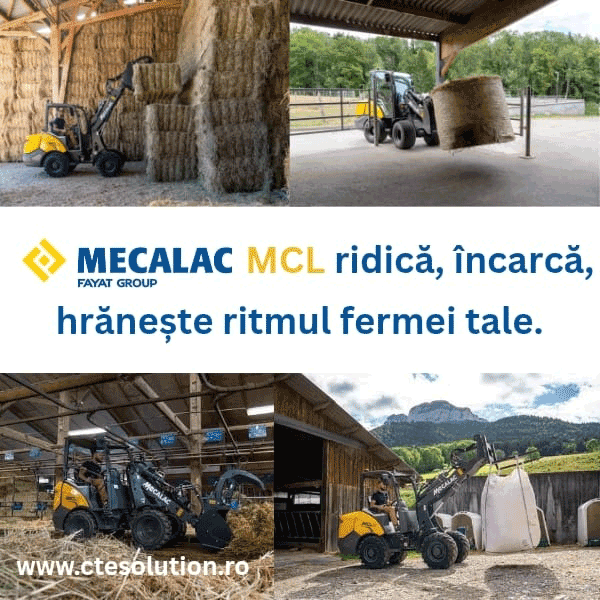833

The European Commission informs that it has officially adopted a regulation granting European farmers a partial exemption from the rule of leaving land fallow.
This follows the Commission's proposal presented on January 31 and discussions with member states in committee meetings. The regulation will enter into force tomorrow, February 14, and will apply retroactively from January 1 for one year – namely until December 31, 2024.
The partial exemption responds to several requests for more flexibility, as requested by member states to better address the challenges facing farmers in the EU.
Instead of keeping land fallow or maintaining unproductive elements on 4% of their arable land, EU farmers cultivating nitrogen-fixing crops (such as lentils, peas, or favas) and/or secondary crops without plant protection products on 4% of their arable land will be considered as meeting the so-called GAEC 8 requirement.
However, farmers who choose to do so can continue to meet the fallow land or unproductive elements requirement.
The final act adopted also allows member states to modify their ecological programs that support unproductive areas to account for the alternative reference scenario within GAEC 8 conditionality. A simple notification to the European Commission will be sufficient for the immediate update of the relevant ecological programs.
Member states wishing to apply the derogation at the national level must notify the Commission within 15 days of the entry into force of the regulation so that farmers can be informed as soon as possible.
The Commission's proposal is carefully calibrated to strike an adequate balance between providing assistance and flexibility to farmers facing numerous challenges, on the one hand, and protecting biodiversity and soil quality, on the other.
Ursula von der Leyen, President of the European Commission, stated:
"Only if our farmers can live off their land, will they invest in the future. And only if we collectively meet our climate and environmental objectives, will farmers be able to continue to live. Our farmers are fully aware of this.
This measure provides farmers with flexibility while continuing to reward them for their crucial role in ensuring food security and sustainability in the EU. We will soon present more proposals to help alleviate the pressure our farmers are facing."
Dossier History
To receive the CAP support they are entitled to, farmers must comply with a consolidated set of nine standards beneficial for the environment and climate. This principle of conditionality applies to almost 90% of the agricultural area used in the EU and plays an important role in integrating sustainable agricultural practices. This set of basic standards is called GAEC, which stands for "Good Agricultural and Environmental Conditions."
GAEC standard 8 imposes, among other things, the allocation of a minimum quota of arable land to unproductive areas or elements. The latter usually refers to fallow land, but also to unproductive landscape elements such as hedges or trees.
Farms with less than ten hectares of arable land are exempt from this obligation. On January 31, the Commission proposed to grant more flexibility to EU farmers receiving support from the CAP following this requirement.
Regarding secondary crops: these are plants that grow between two main crops. These crops can serve as feed for animals or as green manure.
The use of nitrogen-fixing crops and secondary crops brings a range of environmental benefits to soil health, including soil biodiversity and limiting nutrient leaching. The crops must be cultivated without plant protection products to maintain the ambition of the CAP in environmental matters.
